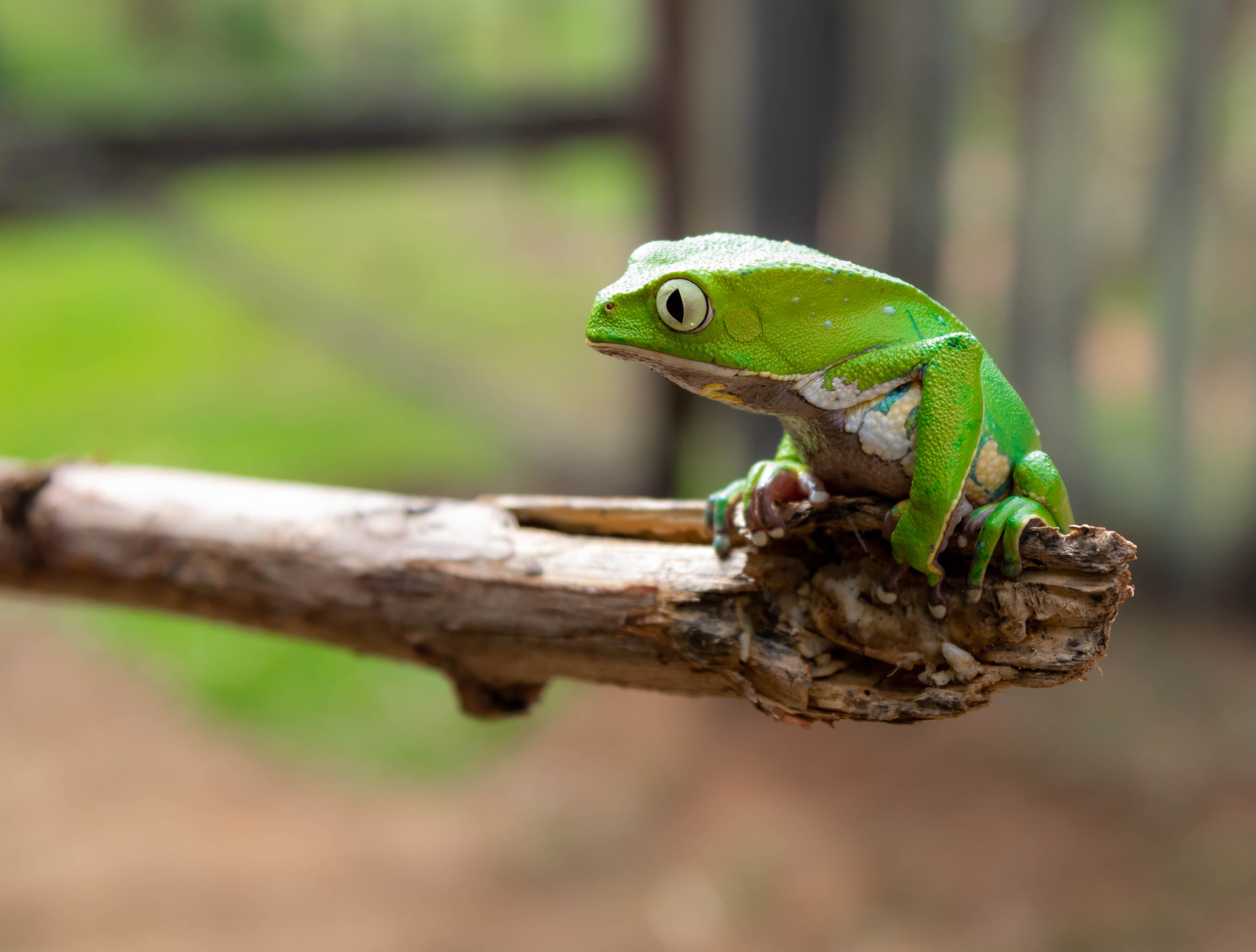11 Difference Between Reptiles And Amphibians & Characteristics
Reptiles and Amphibians are the classes of animals that came under vertebrates; further, they are separated among orders. Both the groups of animals are closely related to each other as they tend to share few similarities, which we see in both animal types. Still, despite these similarities, there are few differences in terms of their physical appearance and life cycle stages.
Reptiles originally originated from the Latin word ‘reptilia,’ which means to “crawl.” They are also evolved from ancient animals such as Dinosaurs. They possess the most common physical features or traits that are said to be found in both the animal kingdom, namely reptiles and amphibians. In earlier times, the people also say that their kingdom or reptile land are generally evolved from amphibians due to the body structure and resemblance observed in them. Overall, vertebrates were descended from the same ancestors around some rough period of 300 million years ago.
While the amphibians generally obtain from a Greek word “Amphibious,” which means ‘two lives,’ one at the earliest stage in water via the development of gills, and the other half is on land they respire through lungs. It is said that they tend to live a slight proportion of their life in water than that on land. The majority of the community from zoology said these species are the results of certain environmental factors changes that were earlier responsible for forming an animal group known as ‘Tetrapod,’ which has four limbs.
REPTILES

These are the groups of animals that possess scales all over their body. They mostly live on the land, or in other words, we can also say they are land-living creatures. Moreover, reproduction in reptiles takes place by laying eggs on land.
According to a study, reptile land has 30% of such species, which gave birth to young ones, mostly this happens in snakes or depends upon their body temperature, e.g., boa, python gives birth to young ones.
AMPHIBIANS

They are also cold-blooded animals or known by the term ectothermic, and their skin is so moist, sticky, and porous as the mucous gland is present over their skin. The reproduction and fertilization process occurs externally, whereas the germination of eggs takes place within the water. The eggs covered with a jelly-like material usually remain in the water until it reaches up to the adult stage, the name given to this stage is “metamorphosis”.
For more click here
For More knowledgeable content, Contact Us on Our website


Comments
Post a Comment